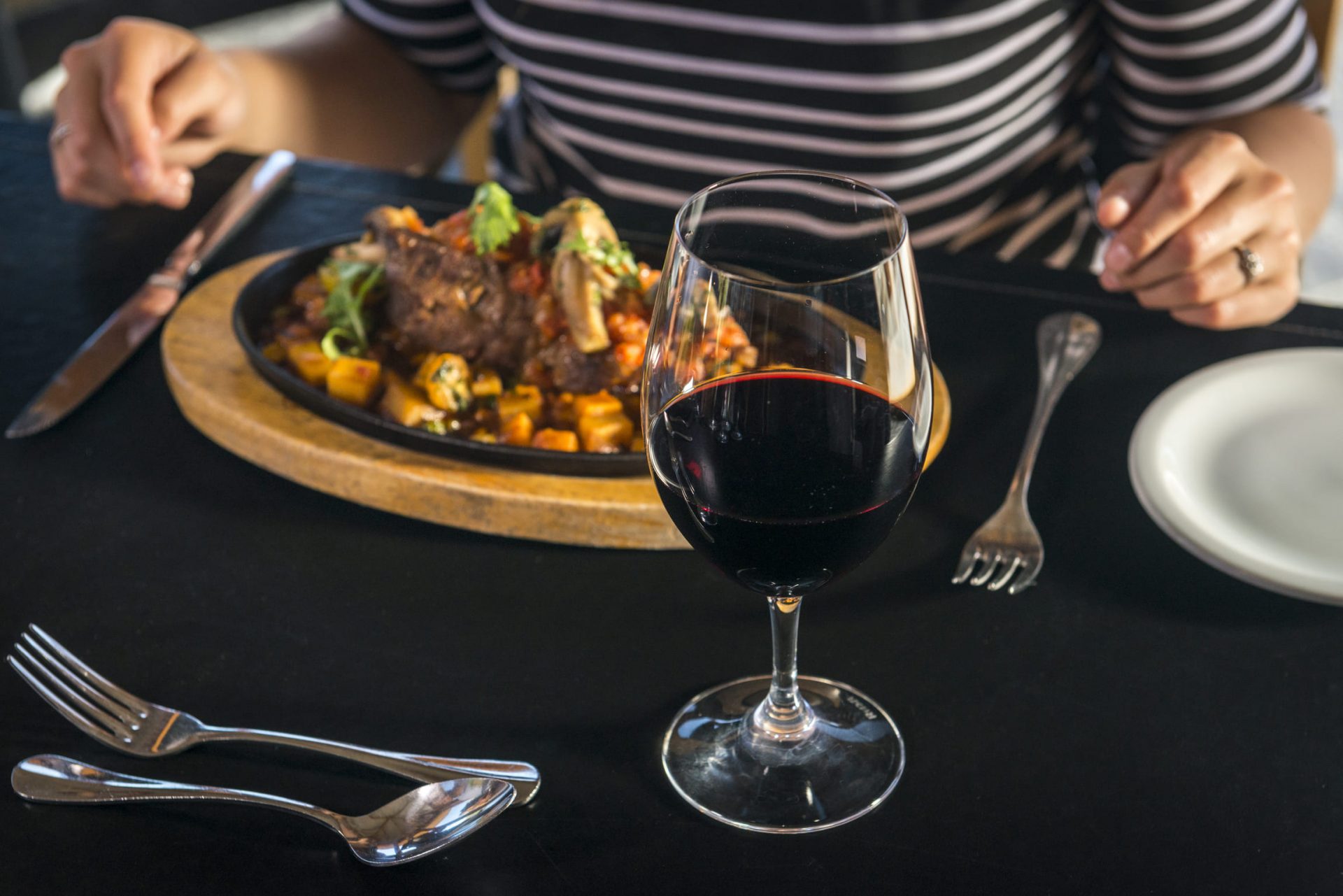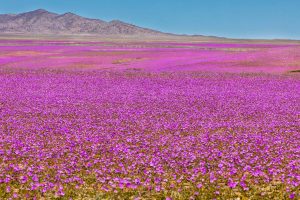The story of Carménère in Chile
By: Chile Travel - 6 November, 2017

Far from the cosmopolitan and vibrant city of Santiago, a very special grape grows: almost killed by insects, and then forgotten, the Carménère was reborn in Chile more than 10.000 km away from its homeland and today is the county most renowned wine around the world… But how did that happen?
In the 19th century, the phylloxera epidemic almost wiped all of France’s raisin plants, forcing French winemakers to start over with their plantations of Malbec, Merlot, Cabernet Sauvignon, Cabernet Franc and Carménère. Their efforts worked and almost all of the strains were brought back to life, but the Carménère couldn’t adapt to the cold spring and early autumn rains of Bordeaux and got extinct.
More than a hundred years passed and the Carménère was reborn in central Chile. How? A decade before the plague that affected France started, a few strains of Carménère joined the European winemakers that migrate to Chile around 1850. However, this survivor wine strain was sown next to Merlot and Cabernet plants and for years Carménère was marketed as these two varieties.

Carménère wine in Chile
It was not until 1991, that the French ampelograph Claude Vallat pointed that some kind of Merlot produced in Chile wasn’t Merlot at all, but he couldn’t identify what type of strain it was. Two years later, Jean Michel Boursiquot, disciple of Vallat, finally concluded that the random plant in question was Carménère, a strain that for a century was supposed to be extinct!
Everything after that is history. Winemakers in Chile started to produced it and Carménère became a world known wine, winning prizes in Asia, Australia and the United States. If you want to try this fighter wine strain, you should definitely visit the the wine tours of the central valleys of Chile, an experience you won’t forget!

















